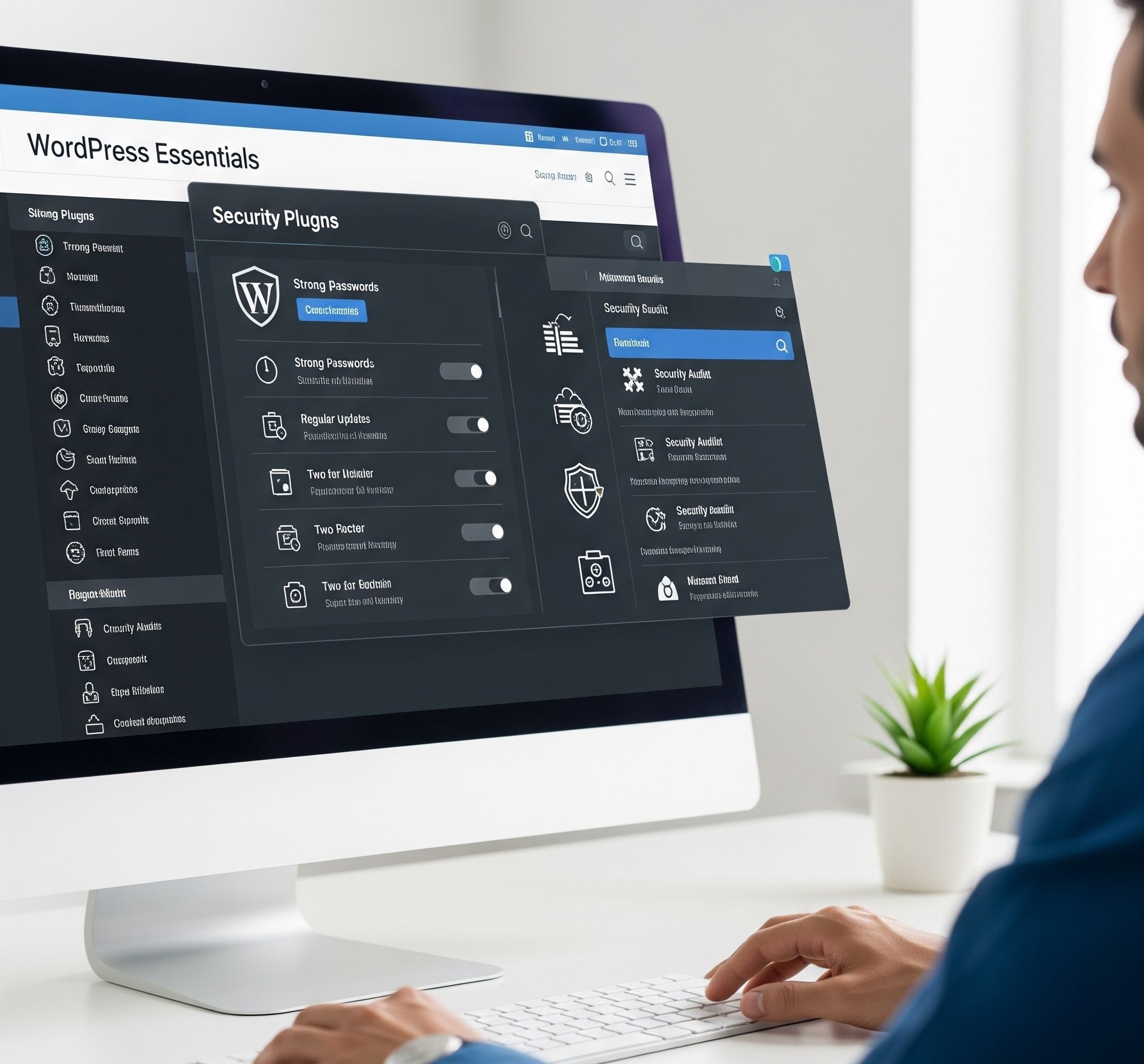
Securing WordPress Site: Essential Steps to Protect Your Online Presence
WordPress Security Essentials is one of the most popular content management systems, powering over 43% of all websites on the internet[1]. While WordPress is generally considered secure, it’s crucial to take proactive measures to protect your site from potential threats. In this article, we’ll explore essential steps you can take to secure your WordPress site and safeguard your online presence.
Keep WordPress, Plugins, and Themes Up-to-Date
Regularly updating WordPress Security Essentials, plugins, and themes is crucial for maintaining a secure site[1][4]. Outdated software can contain vulnerabilities that hackers may exploit. Enable automatic updates for minor releases and manually update major versions of WordPress. For plugins and themes, only install trusted ones from reputable sources and keep them up-to-date[4].
Use Strong and Unique Passwords
Choose strong, unique passwords for your WordPress admin account and other user accounts[1][3]. Avoid using common words, phrases, or personal information that can be easily guessed. Consider using a password manager to generate and store complex passwords securely[4].
Implement Two-Factor Authentication
Enable two-factor authentication (2FA) to add an extra layer of security to your WordPress site[1][3][4]. 2FA requires users to provide a second form of authentication, such as a code sent to their mobile device, in addition to their password. This makes it much harder for attackers to gain unauthorized access to your site.
Limit Login Attempts and Change the Login URL
Limit the number of failed login attempts allowed before temporarily locking out the user[3][4]. This helps prevent brute-force attacks, where attackers use automated tools to guess login credentials. Additionally, change the default WordPress login URL (wp-admin) to a custom URL to make it harder for attackers to find[3][4].
Install an SSL Certificate
An SSL (Secure Sockets Layer) certificate encrypts the communication between your website and visitors’ browsers[3][4]. This ensures that sensitive information, such as login credentials and payment details, is transmitted securely. Most web hosts provide free SSL certificates, and some even enable them by default.
Regularly Back Up Your Site
Regular backups are essential for protecting your site in case of a security breach, server failure, or accidental data loss[1][3][4]. Implement a reliable backup solution that automatically creates full backups of your WordPress site, including the database and files, and stores them securely off-site.
Monitor and Secure Your WordPress Site
Continuously monitor your WordPress site for suspicious activity, such as unauthorized access attempts, malware infections, or changes to your site’s content[4]. Use a security plugin like Wordfence or Sucuri to scan your site for vulnerabilities and malware, and receive alerts about potential threats.
By following these essential steps, you can significantly improve the security of your WordPress site and protect your online presence from potential threats. Remember, maintaining a secure site requires ongoing effort and vigilance, but the benefits of safeguarding your data and reputation are well worth it.
Citations:
[1] https://blog.hubspot.com/website/wordpress-security
[2] https://wpwebinfotech.com/blog/wordpress-security-guide/
[3] https://rockcontent.com/blog/wordpress-security/
[4] https://www.hostinger.in/tutorials/how-to-secure-wordpress
[5] https://www.webdandy.co.uk/securing-your-wordpress-site/

Leave a Reply